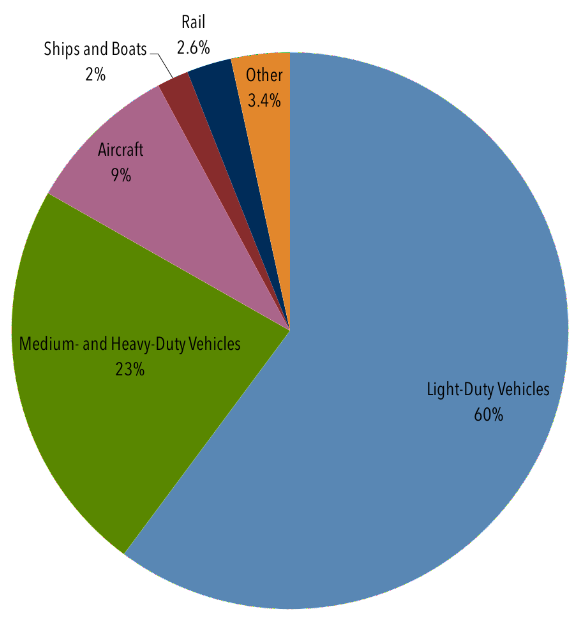Federal Regulators Handing Auto Industry More Trouble
August 06, 2018
The Trump administration’s proposed rollback of auto fuel economy and emissions standards looks, on the surface, like a welcome gift to the auto industry. It is more like federal regulators just handed the auto industry a great big box of chaos.
The best outcome will be earnest negotiations to reach a new set of standards everyone can agree on. What is likely is a long period of uncertainty. And this at time when the auto industry is pouring billions of dollars into figuring out its future path — one that revolves around electric vehicles, autonomous driving and a big step back from fossil fuels.
Automobiles take years to conceive, design, create and test. The industry requires predictability and long time horizons. Requirements that could drastically change at unpredictable intervals can be far worse than rules that might be a little too demanding like the ones implemented under President Obama in 2012.
The Trump administration’s proposal would essentially undo the Obama requirements. The proposed changes would freeze fuel economy and emissions standards at 2020 levels and change how emissions are regulated.
John Graham of Indiana University, who worked on fuel economy regulations during the George W. Bush administration, says some automakers would welcome the Trump administration’s aggressive approach. For automakers that are further behind on meeting the Obama-era standards, any reprieve would be seen as a help.
“Even if the administration loses, they may end up just having a delay in this whole program,” he said.
Automotive fuel economy and emissions requirements are a complex regulatory quilt. Fuel economy is regulated by the National Highway Traffic Safety Administration. Tailpipe emissions, however, are regulated, on the federal level, by the Environmental Protection Agency. The state of California also regulates tailpipe emissions in its state, and more than a dozen other states follow its lead.
That awkward mix of regulations worked just fine, more or less, for years. That was until, in 2007, courts ruled that the EPA should regulate emissions of carbon dioxide. Carbon dioxide, which causes global warming, is different from other auto pollutants in that there is simply no way to reduce it beyond reducing the amount of fuel burned. That put the EPA into the position of, essentially, regulating fuel economy.
California also wanted to regulate C02 emissions. That created the nightmare possibility, for the auto industry, of three conflicting sets of fuel economy requirements. The answer, hammered out through negotiations among NHTSA, the EPA, California and the auto industry, was the auto emissions and fuel economy rules announced in 2012.
Pictured above, U.S. Transportation Emissions by Percentage. Source: EPA, 2017
Besides halting future increases in fuel economy requirements, the Trump administration also wants to take away California’s right to set its own vehicle emissions standards. This will be the biggest source of conflict.
While individual automakers have yet to comment on the proposal, the largest industry groups, the Auto Alliance and the Association of Global Automakers, signaled their hope for a quick negotiated agreement.
Automakers will probably continue to increase fuel economy of their new vehicles, said Carla Bailo, head of the Michigan-based Center for Automotive Research.
For one thing, the companies have already invested time and money in designing more efficient vehicles. Consumers have been trained, through years of improving fuel economy, to expect better mileage with each new vehicle they buy.
Also, major automakers are global companies and, in other parts of the world, emissions rules are continuing to tighten. Carmakers do not stop in their tracks — no matter what the current administration in Washington says.
(2018). Valdes-Dapena, Peter. “For auto industry, weaker fuel economy rules would mean a world of chaos”. Retreived from https://money.cnn.com/2018/08/02/news/companies/fuel-economy-auto-industry-uncertainty/index.html.
